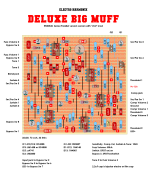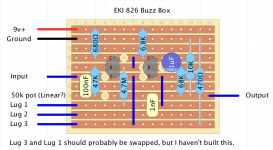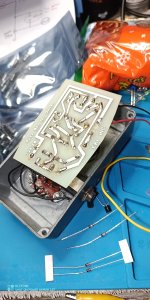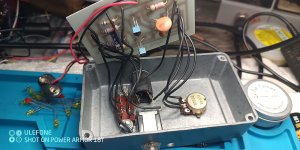jaminjimlp
New member
What's out there that can do this? Without costing an arm and a leg?
I found DIYLC (it's nice for drawing a clean schematic) and thought that it said it could do it but I put in a schematic and see no way to convert. I see perf board schematics like at dirtboxlayouts and I want to be able to "cleverly" convert my designs for my own stuff till I get something I might want to make PCB's for... if you are not shure what I am asking here is some pix. Thanks in advance.
I found DIYLC (it's nice for drawing a clean schematic) and thought that it said it could do it but I put in a schematic and see no way to convert. I see perf board schematics like at dirtboxlayouts and I want to be able to "cleverly" convert my designs for my own stuff till I get something I might want to make PCB's for... if you are not shure what I am asking here is some pix. Thanks in advance.






